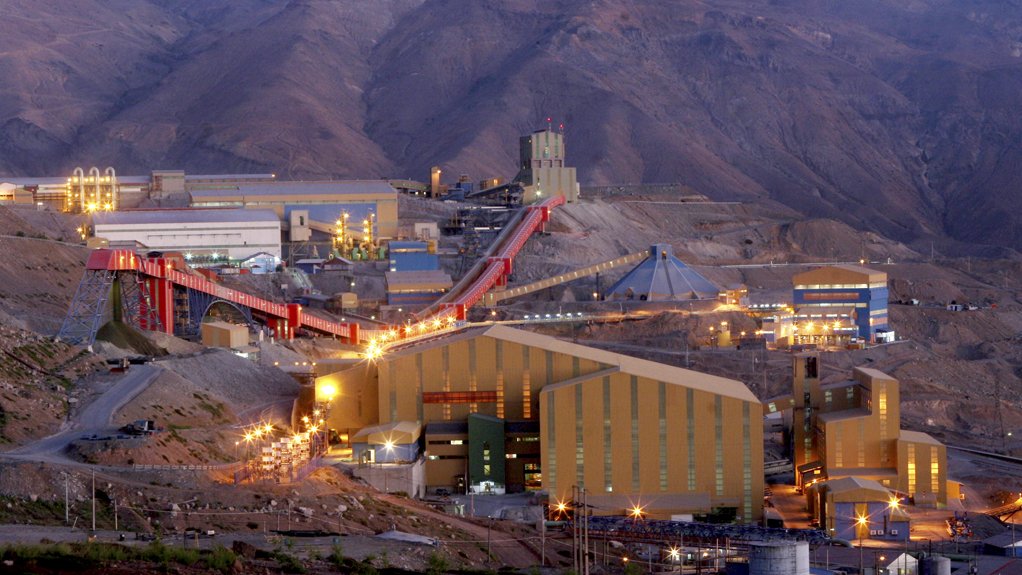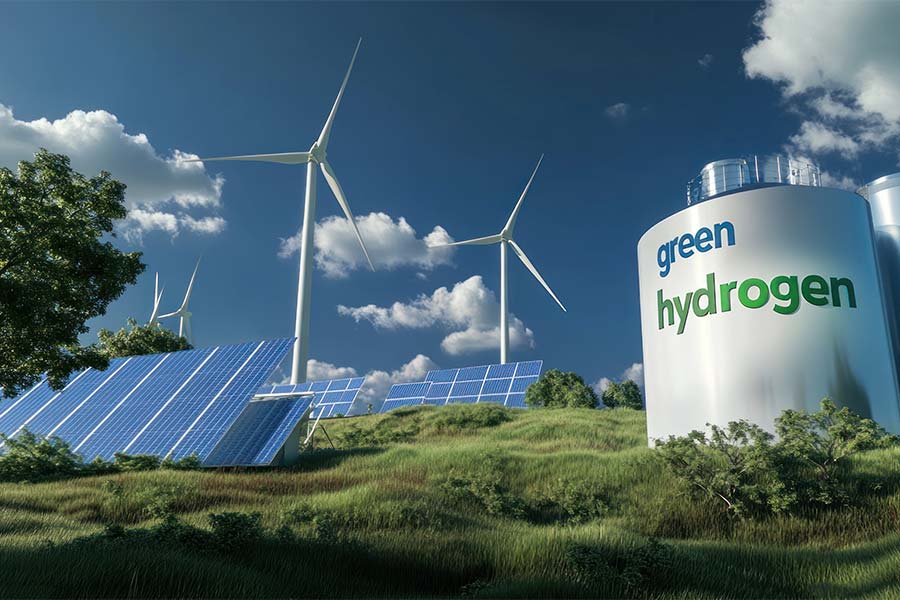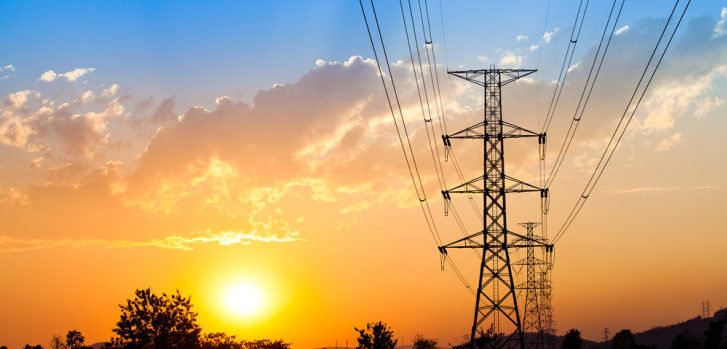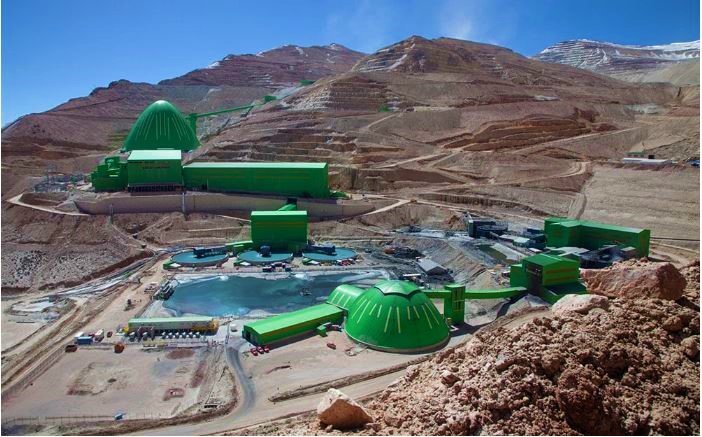Brace crossarms promoting the decarbonization of mining operations in Chile

Codelco, the world’s largest copper producer, aims to reduce indirect emissions by 25% by 2030. This aligns with Chile’s commitment to carbon neutrality by 2050. The company has plans to electrify its transportation fleet, targeting 40% electrification by 2030 and a full transition by 2040.
Codelco is transitioning its operations to renewable energy sources to power mines, thereby reducing greenhouse gas emissions. This is through the use of sources like solar, wind, and hydropower.
Brace crossarms reinforce transmission towers and poles to ensure stability against environmental factors and electrical loads. They distribute mechanical stress to reduce structural failures and vibrations.
Brace crossarms maintain the robust electrical infrastructure to support the electrification of mining equipment, contributing to emission reductions.
Chile’s Codelco is implementing a range of initiatives to reduce emissions from its mining operations. These efforts are part of Chile’s commitment to sustainability and alignment with its national decarbonization goals.
The initiatives include electrification of mining equipment, renewable energy adoption, energy efficiency improvements, and carbon capture and storage.
#Codelco #Chilemining #Decarbonization #RenewableEnergy #BraceCrossarms #SustainableMining
Guy deadends supporting KfW’s Chile hydrogen projects.

Chile aims to become a global leader in green hydrogen production to leverage its renewable energy resources. The country’s national green hydrogen strategy sets ambitious targets, including producing the world’s cheapest green hydrogen and achieving 25 GW of electrolyzer capacity.
The German development bank KfW has committed investments to support Chile’s renewable hydrogen industry. The funding will help the country’s goal of achieving 100% clean energy by 2050.
Guy deadends are structural components used to stabilize and anchor infrastructure to ensure the reliability and safety of power lines. Guy deadends support for renewable energy installations, transmission lines, electrolyzer facilities, and storage infrastructure.
They are crucial in maintaining the stability of structures in challenging environmental conditions; this thereby supports the continuous and efficient production of green hydrogen.
KfW plays a crucial role in financing sustainable development projects in Chile, providing benefits to both Chile and the global energy transition. This initiative contributes to green hydrogen ambitions, renewable energy potential, global decarbonization, and technological innovation.
#GreenHydrogen #ChileEnergy #RenewableEnergy #KfWinvestment #Infrastructure #GuyDeadends
Cutout fuse: key in strengthening Chile’s power infrastructure

Chile experienced its most significant power outage in 15 years, which affected over 90% of the population. The blackout disrupted daily life and critical industries, including copper mines.
The outage came from a failure in a high-voltage transmission line in northern Chile. The failure led to a cascade of power plant shutdowns and widespread disruptions across the national grid.
A cutout fuse is a protective device installed on distribution power lines to safeguard transformers and electrical equipment from overcurrent conditions.
The cutout fuse disconnects circuits during excessive current flow to prevent equipment damage. It also isolated affected sections to prevent faults from spreading and reducing impacts. A cutout fuse also reduces the risk of fires, equipment explosions, and electrical hazards to ensure safety for both the grid and maintenance personnel.
The cutout fuse is able to adapt to the increased integration of renewable energy sources by managing complex power flows and ensuring grid stability.
Chile’s renewable energy generation sites are often distant from major consumption centers. This disparity leads to congestion in transmission lines, causing energy restrictions.
The intermittent nature of solar and wind necessitates the need for backup systems to maintain grid stability. Battery energy storage systems help in addressing this intermittency.
#HighVotlageTransmissionLines #ChileGridResilience #PowerBlackouts #RenewableEneergy #CutoutFuse #TransmissionLines
Ball clevis enhancing efficiency and sustainability in Chile’s mining operations

Chile’s mining sector aims to reduce its greenhouse gas emissions by 70% by 2030 and achieve net-zero emissions by 2050.
Its strategies include transitioning to 100% clean electricity and innovating with green hydrogen and electromobility in underground mining operations.
Codelco has initiated the use of grinding balls made from recycled materials at the mines. This will lower annual emissions by 40,000 tons.
A ball clevis is crucial in the linkages and control systems of heavy mining machinery. They reduce friction and wear to contribute to more efficient equipment operation, leading to lower greenhouse gas emissions. The clevises ensure reliability and performance by providing precise control mechanisms for electric machinery.
High-quality ball clevis provides durability and reliability to decrease the frequency of maintenance and equipment failures. This helps reduce replacement and repairs, leading to lower resource consumption and waste.
The clevises ensure accurate operation of robotic arms, autonomous vehicles, and other automated equipment. Automation optimizes mining operations, leading to more efficient use of energy and resources to reduce waste and emissions.
#codelco #ecofriendlymining #sustainability #coppermining #ballclevis #emissionreduction #chile